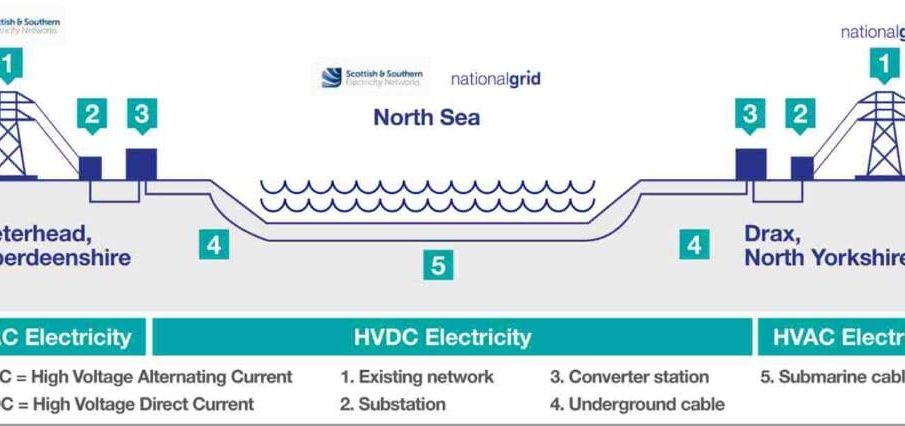The Importance of the National Grid in the UK Energy Sector

Introduction to the National Grid
The National Grid is a critical infrastructure that connects electricity producers and consumers across the United Kingdom. As the UK transitions towards renewable energy sources, understanding the National Grid’s role becomes increasingly vital. The effective management of energy resources is not only essential for economic stability but also for achieving the government’s net-zero emissions target by 2050.
Current Developments in the National Grid
Recently, the National Grid has been under scrutiny as it evolves to accommodate a growing share of electricity generated from renewable sources, such as wind and solar. The UK government has set ambitious targets, aiming for 70% of electricity consumption to come from renewables by 2030. This shift necessitates infrastructure updates and investments to ensure reliability and efficiency. In August 2023, the National Grid announced a series of infrastructure projects, including the expansion of energy storage capabilities and upgrades to transmission lines to support impending changes in energy use.
Challenges Facing the National Grid
One of the main challenges for the National Grid is balancing supply and demand. With the increasing unpredictability of renewable energy sources due to weather dependence, the National Grid must implement advanced grid management techniques. The deployment of smart grid technology, which includes automated systems for monitoring and controlling electricity loads, is being prioritised to ensure a stable energy supply. Furthermore, the grid faces challenges related to aging infrastructure, which requires significant investment for repair and upgrades.
Future Outlook
The future of the National Grid is focused on sustainability and innovation. Experts predict that investments in technologies such as battery storage and hydrogen fuel cells will be crucial for addressing the intermittency of renewable resources. Additionally, there is potential for greater interconnectivity with neighbouring countries through subsea cables, which could provide an avenue for importing and exporting renewable energy. As the UK seeks to enhance its energy resilience and sustainability, the National Grid will play a central role in this transition.
Conclusion
The National Grid is pivotal to the UK’s energy infrastructure, particularly as it navigates the complexities of transitioning to a low-carbon economy. The ongoing challenges and opportunities for innovation will shape the future of energy distribution in the UK, making it essential for consumers and policymakers to stay informed about developments within the National Grid. As investments continue to flow into modernising the grid, the UK’s ambitions for a sustainable energy future remain within reach.









